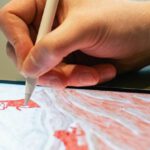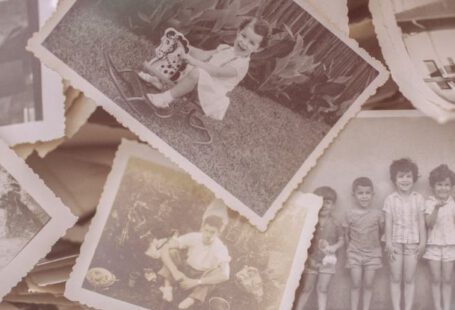Painting is a wonderful way to express your creativity and explore your artistic side. Whether you are a beginner or have some experience, starting painting can be a fulfilling and enjoyable journey. In this article, we will explore some helpful tips and techniques to get you started on your painting adventure.
Gather Your Materials
Before you begin painting, it’s important to gather all the necessary materials. Here are some basic supplies you will need:
1. Paint: Choose the type of paint you want to work with, such as acrylic, watercolor, or oil. Each type has its own unique characteristics, so do some research to find the one that suits your style.
2. Brushes: Invest in a variety of brushes in different sizes and shapes. This will allow you to create different effects and textures in your paintings.
3. Canvas or Paper: Decide what surface you want to paint on. Canvas is a popular choice for acrylic and oil paints, while watercolor paper works well for watercolors.
4. Palette and Palette Knife: A palette is used to mix and blend your paints, while a palette knife helps you scrape and apply the paint.
Prepare Your Workspace
Creating a conducive workspace is essential for a successful painting session. Here are some tips to set up your painting area:
1. Lighting: Make sure your workspace is well-lit. Natural light is ideal, but if that’s not possible, invest in good quality lighting that mimics natural daylight.
2. Organize Your Supplies: Arrange your materials in an orderly manner, so they are easily accessible when you need them. This will save you time and frustration during your painting process.
3. Protect Your Surfaces: Lay down a drop cloth or old newspapers to protect your work area from paint spills and splatters. This will make cleaning up much easier.
Experiment with Color and Technique
Now that you have your materials ready, it’s time to start experimenting with color and technique. Here are some tips to help you get started:
1. Start with Simple Subjects: Begin by painting simple objects or landscapes. This will help you understand the basics of composition, color, and shading.
2. Learn Color Theory: Familiarize yourself with the color wheel and how different colors interact with each other. This will help you create harmonious and visually appealing paintings.
3. Practice Different Techniques: Explore different painting techniques like wet-on-wet, dry brushing, and layering. Each technique produces a unique effect, so don’t be afraid to experiment and find your own style.
4. Study and Observe: Look at other artists’ work and study their techniques. Visit art galleries or museums to get inspiration and ideas for your own paintings.
Embrace Mistakes and Learn from Them
Making mistakes is a natural part of the learning process. Instead of getting discouraged, embrace them and learn from them. Here’s how:
1. Don’t Be Afraid to Make Mistakes: Allow yourself to make mistakes and see them as opportunities for growth. Some of the best artistic discoveries come from unexpected accidents.
2. Take Breaks: If you’re feeling frustrated or stuck, take a break. Step away from your painting and come back with fresh eyes. Sometimes, a little distance can help you see new possibilities.
3. Learn from Critiques: Seek feedback from other artists or join a painting class. Constructive criticism can help you improve and see your work from different perspectives.
Conclusion: Start Your Painting Journey
Starting painting can be a rewarding and enriching experience. By gathering your materials, preparing your workspace, experimenting with color and technique, and embracing mistakes, you can begin your journey as an artist. Remember, the most important thing is to enjoy the process and let your creativity flow. So, grab your brush and start painting today!





